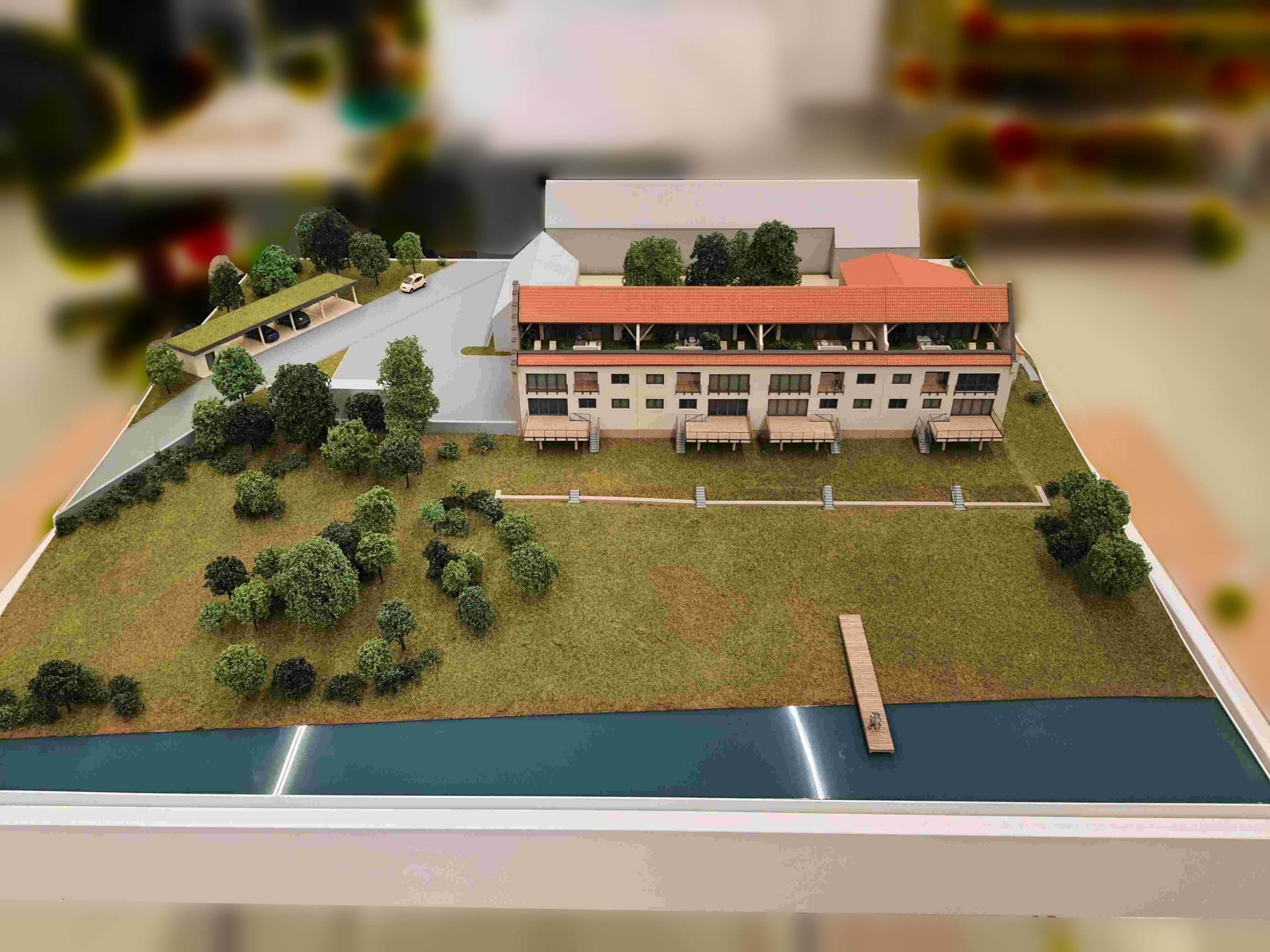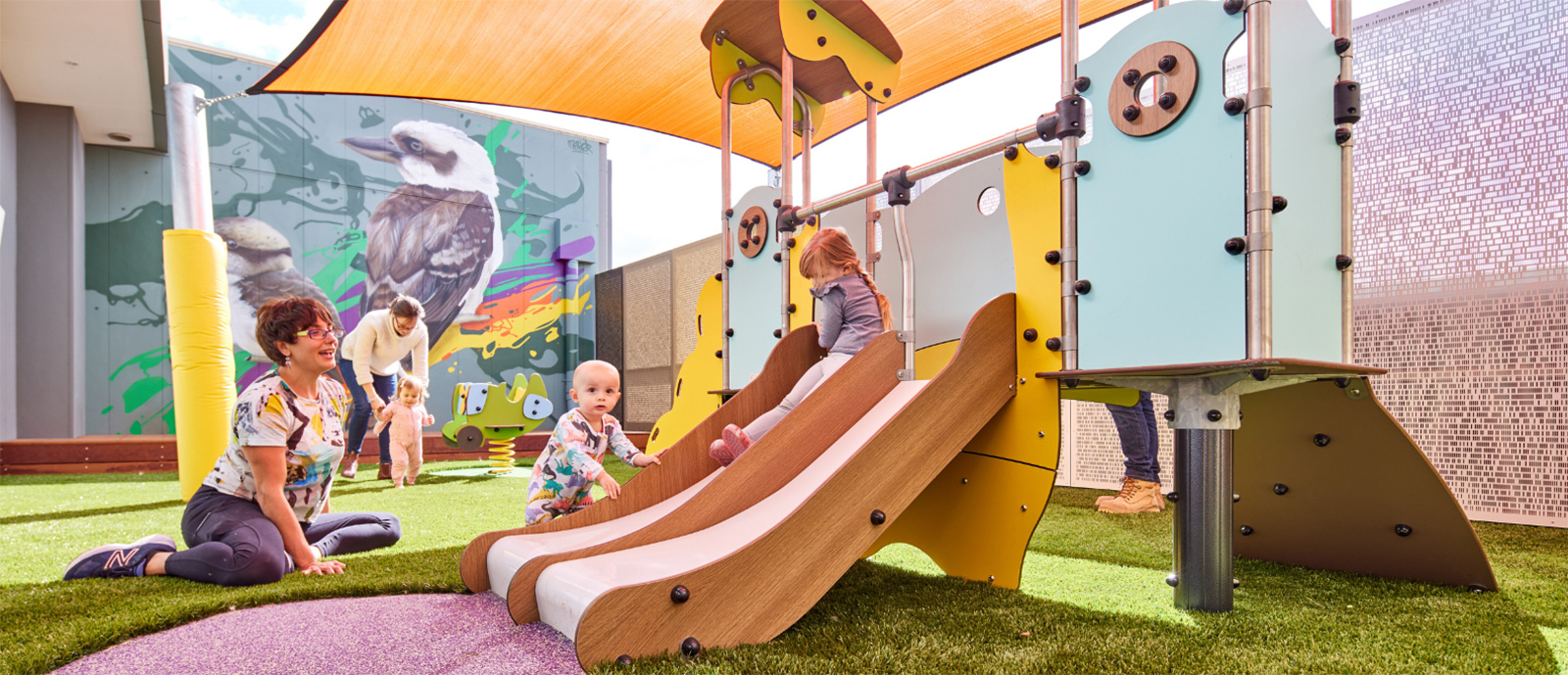Architectural model maker exhibitions serve as dynamic platforms where architecture, design, and innovation converge. They highlight the craftsmanship of model makers and the visions of architects. These exhibitions not only showcase models but also narrate architectural stories, engaging visitors in multifaceted ways. For those involved in the architectural industry, attending an architectural model maker exibition can provide insightful perspectives on design trends and innovative techniques used in the field.
What is an Architectural Model Maker Exhibition?
An architectural model maker exhibition is an event that showcases various architectural models created by professionals skilled in model making. These exhibitions might feature projects that span residential, commercial, and civic designs, emphasizing the details and context of each structure. The models typically range in scale and complexity, from intricate maquettes of large urban projects to detailed interiors of small dwellings. The purpose of these exhibitions is to provide a tangible representation of architectural concepts, allowing viewers to engage with ideas that might otherwise remain abstract.
The Importance of Architectural Models in Exhibitions
Architectural models play a crucial role in the communication of design intent. They serve as visual aids that can clarify complex structures and layouts. Models allow architects to present their ideas in a concrete form, making their vision more accessible to clients, stakeholders, and the public. Moreover, models can illustrate the interplay of light, shadow, and materials, enhancing the overall understanding of the architectural design. In exhibitions, these models perform a vital educational function, bridging the gap between technical details and public perception.
Historical Background and Evolution of Exhibitions
The tradition of exhibiting architectural models dates back to the early days of architectural practice. As architectural ideas evolved, so too did the methods of presentation. In the past, models were largely created for educational purposes and client approvals. However, in recent decades, there has been a significant transformation towards installations that reflect artistic expression and immersive experiences. Today’s exhibitions often incorporate advanced technologies such as virtual reality (VR) and augmented reality (AR), allowing viewers to interact with models in real-time, deepening their connection to the designs being presented.
Key Elements of Successful Exhibitions
Designing Engaging Exhibition Spaces
The layout of an exhibition is critical for engaging the audience. A well-thought-out space allows visitors to navigate smoothly and optimally experience each model. Lighting, color schemes, and thematic arrangements can enhance the ambiance and draw attention to key pieces. Open spaces encourage exploration, while alcoves can host focused displays. Integrating information panels with rich visuals and interactive components can facilitate learning, ensuring the exhibition is both informative and engaging.
Interactivity and Audience Engagement Strategies
Modern audiences expect interactivity in exhibitions. Incorporating touch screens, VR experiences, and even hands-on modeling workshops can enhance visitor engagement and retention. Encouraging visitor feedback through digital kiosks or interactive displays fosters participation, making attendees feel valued in the exhibition’s narrative. Additionally, utilizing social media platforms during the exhibition not only promotes the event in real time but also creates an online community where experiences can be shared and discussed.
Showcasing Unique Architectural Models
Highlighting unique and innovative architectural models can set an exhibition apart from others. Incorporating models that utilize unconventional materials, focus on sustainable design, or feature novel construction techniques can captivate audiences and provoke thought. Featuring works from emerging talent alongside established figures can provide a balanced experience that showcases the diversity and future of architectural design.
Best Practices for Model Makers
Material Selection for Model Creation
The choice of materials is crucial for the success of an architectural model. Common materials include cardboard, wood, acrylic, and foam, each offering distinct advantages and aesthetic qualities. Factors influencing material selection should include the model’s scale, purpose, and the intended longevity. It’s essential for model makers to test materials beforehand to ensure they can achieve desired finishes and structural integrity.
Techniques for Crafting Realistic Models
Realism in architectural models can be achieved through various techniques. Precision cutting and detailed painting are fundamental, but realistic texturing can elevate the model further. Utilizing methods such as layering paint, applying finishes, and integrating lighting can simulate different environmental aspects, adding depth and dimension to the model. Moreover, referencing high-quality photographs of materials used in life-size applications can guide a model maker in achieving authenticity in visual representation.
Rendering and Display Tips for Exhibiting
Effective renderings and displays elevate the perception of models during exhibitions. Using clear acrylic display cases can protect models while allowing them to be viewed from multiple angles. Rendering printed materials for display alongside models should be clear, concise, and positioned strategically to enhance understanding. Furthermore, the use of digital visual aids, such as videos showing models in context, can further enrich the exhibition experience.
Case Studies of Notable Architectural Model Exhibitions
Innovative Exhibits from Leading Architects
Examining notable exhibitions can provide insights into successful practices. For instance, the “Los Angeles: A Model City” exhibition at the A+D Museum showcased a curated collection of models manifesting various visions for urban space and infrastructure development. This exhibition not only featured the models but also explored the philosophical underpinnings of each design, effectively engaging the audience through storytelling.
Impact of Digital Technology on Exhibitions
Digital technology has significantly transformed the landscape of architectural exhibitions. Tools like 3D printing and virtual reality enable the creation of intricate models and immersive experiences. The “Shaping Space” exhibition utilized these technologies to provide interactive platforms, allowing visitors to engage directly with model elements, thus enhancing user experience and understanding. Digital integrations have proven particularly successful in reaching younger audiences and driving their interest in architecture.
Feedback and Reception from Visitors
Visitor feedback is invaluable in assessing the success of an exhibition. Surveys conducted after major architectural shows often reveal insights into visitor preferences, engagement level, and suggestions for future enhancements. Implementing feedback can aid future organizers in refining their approaches, ensuring that exhibitions remain relevant and engaging. Notably, exhibitions that incorporate audience suggestions often see increased attendance and repeated visits.
How to Organize Your Own Architectural Model Maker Exhibition
Planning and Budgeting Essentials
Effective planning is the backbone of a successful exhibition. Establishing a clear objective, determining the target audience, and allocating a realistic budget are foundational steps. Costs associated with venue rental, materials, and advertising should be meticulously planned to prevent overspending. Building a timeline that details each phase of the exhibition planning process can keep efforts on track and organized.
Collaborating with Other Professionals in the Field
Collaboration can enhance the quality of the exhibition significantly. Engaging professionals such as curators, graphic designers, and experienced model makers can foster diverse perspectives and enrich the overall experience. Partnerships with educational institutions can introduce fresh talent and innovative ideas, while sponsorships from companies in the architectural field can alleviate some financial burdens while promoting engagement.
Marketing Your Exhibition Effectively
Marketing is crucial for attracting visitors to the exhibition. Utilizing social media channels, email newsletters, and community outreach can create buzz and ensure wide dissemination of information. Highlighting unique aspects of the exhibition—such as special guest speakers or interactive components—can further entice audiences. Creating visually appealing promotional materials and leveraging local networks can significantly increase attendance.



